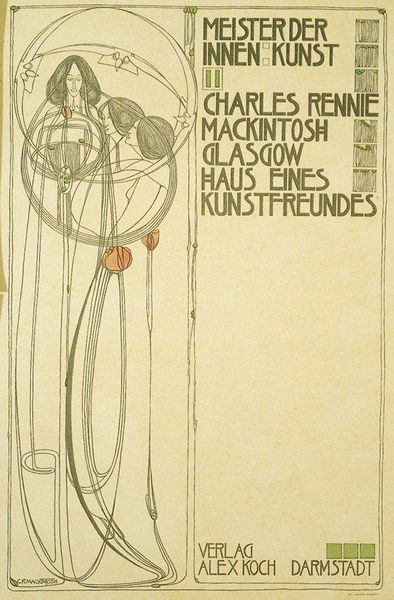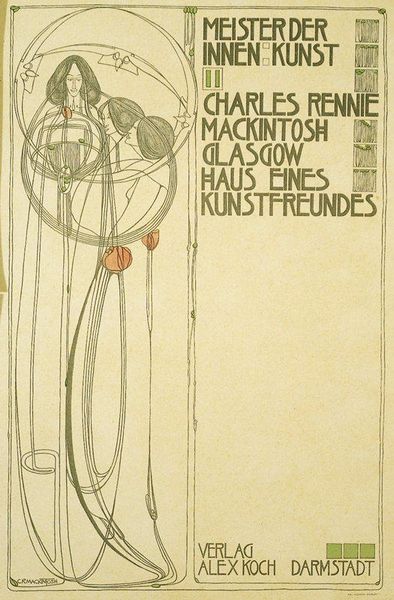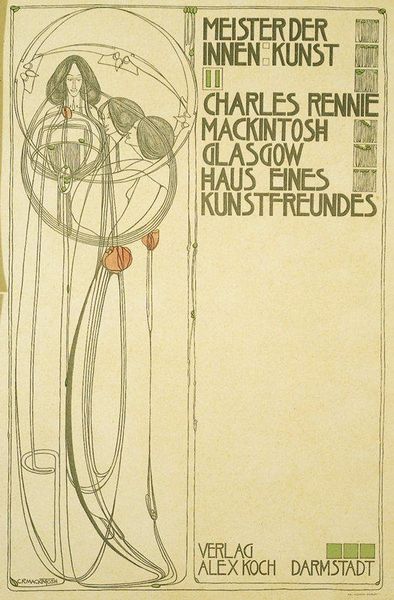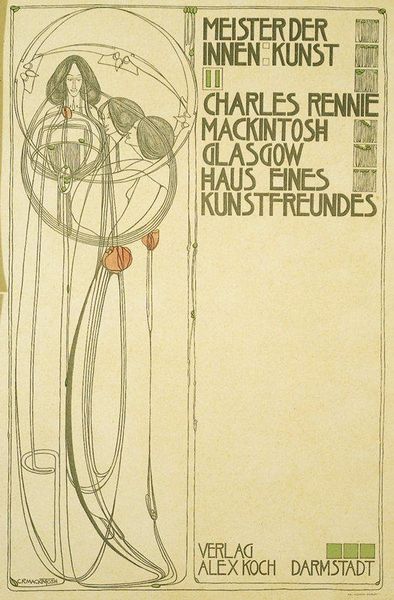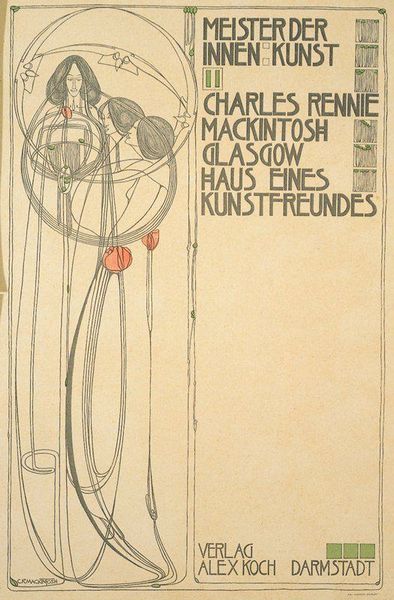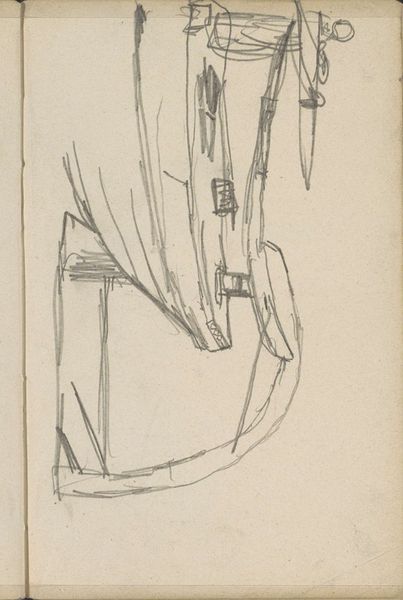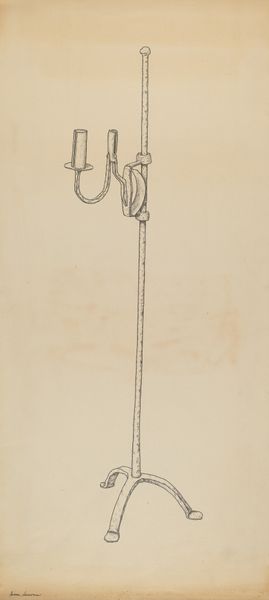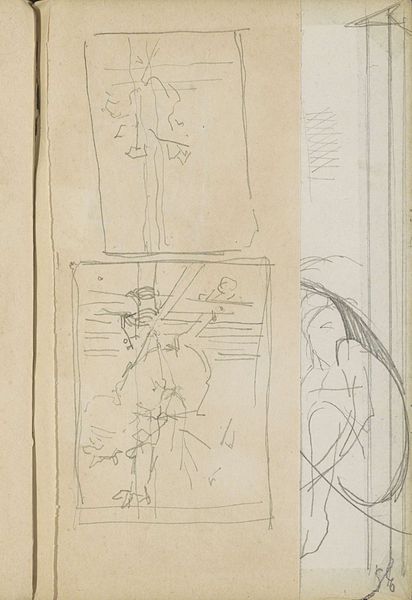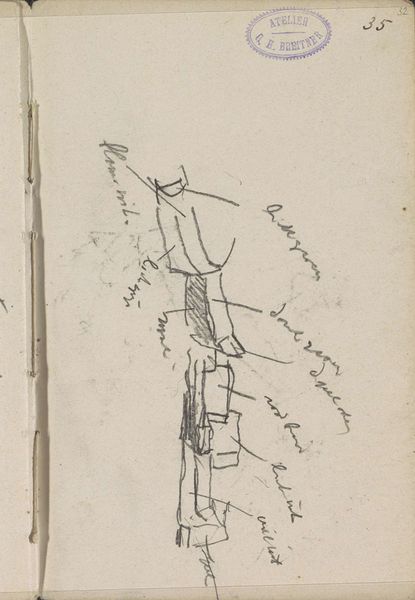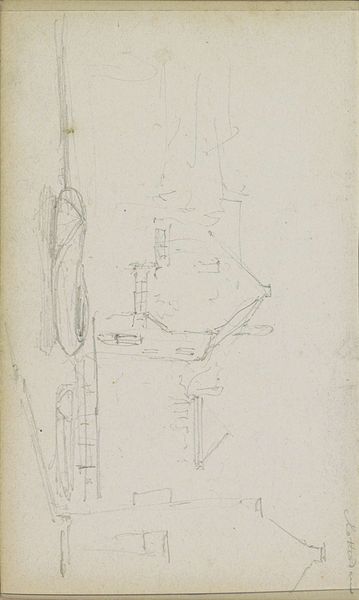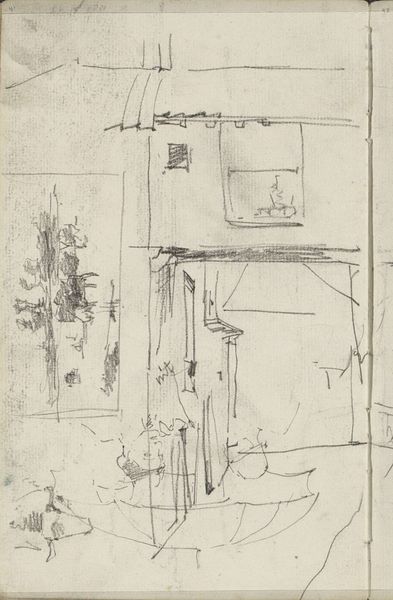
drawing, graphic-art, print, typography, ink, poster
#
drawing
#
graphic-art
#
art-nouveau
#
hand-lettering
# print
#
hand lettering
#
glasgow-school
#
typography
#
ink
#
symbolism
#
poster
Dimensions: 12 1/2 x 18 in. (31.75 x 45.72 cm) (sight)22 7/8 x 28 3/8 x 1 3/8 in. (58.1 x 72.07 x 3.49 cm) (outer frame)
Copyright: No Copyright - United States
Curator: This is "Plate 2," a 1902 print by Charles Rennie Mackintosh, a prominent figure in the Glasgow School of Art Nouveau. What strikes you about it? Editor: The composition feels so ethereal. It's almost dreamlike, with the elongated figures and flowing lines. What’s your take on this? Curator: Mackintosh was deeply interested in symbolism and how design could reflect social and spiritual values. This work is interesting because it reflects both his design for "Haus Eines Kunstfreundes" and it elevates the status of female figures. It also forces us to examine issues of authorship, particularly when looking at graphic arts used for advertising purposes in society at the time. How do you think gender and artistry interact within the visual elements of the piece? Editor: Well, the female figures definitely seem central to the design, almost like idealized forms or muses. And it is interesting that his last name is so prominent; could he be seen to center himself even as he seemed to depict universal ideas? Curator: Exactly. Mackintosh challenges conventional roles, suggesting that art, architecture, and graphic design, all so essential to cultural construction, are entwined with identity and representation. The seemingly passive female forms subvert that very assumption through the use of stylized and symbolic agency, drawing attention to the evolving role of women. Editor: That's a perspective I hadn't considered before. Now I'm seeing so much more than just pretty lines. Curator: Ultimately, Mackintosh's designs prompts questions of aesthetic pleasure and the politics embedded in what we choose to find visually appealing, in this intersection between domestic and international art at the turn of the century. Editor: I appreciate you pointing out how design, authorship and representation, and politics all interact in this seemingly simple artwork.
Comments
No comments
Be the first to comment and join the conversation on the ultimate creative platform.
